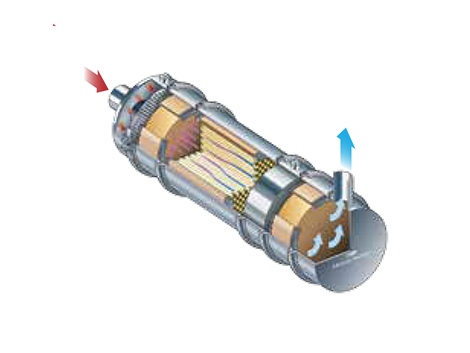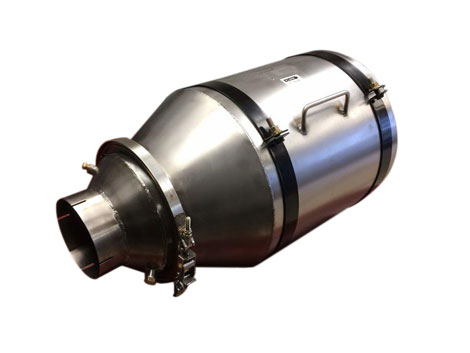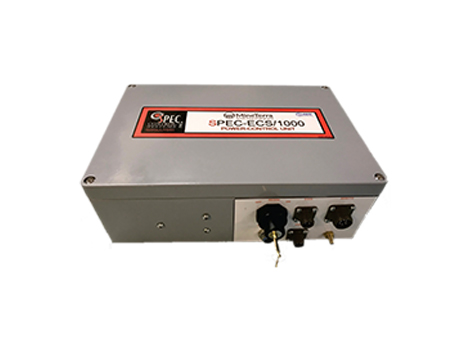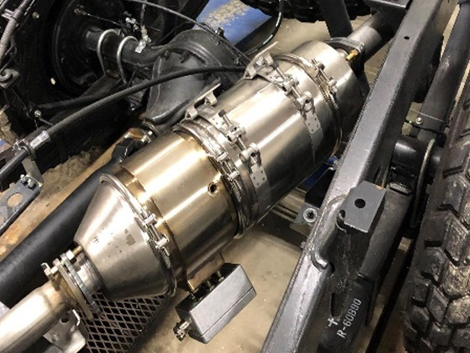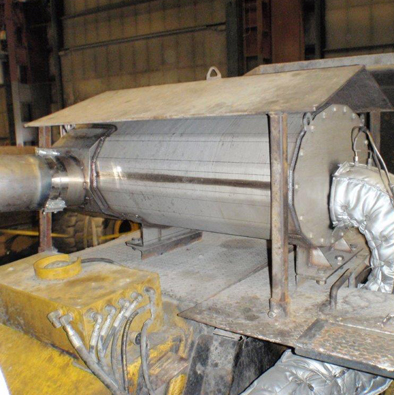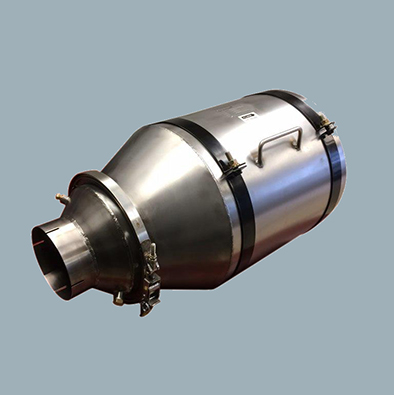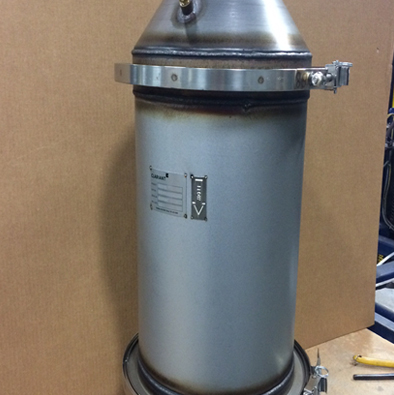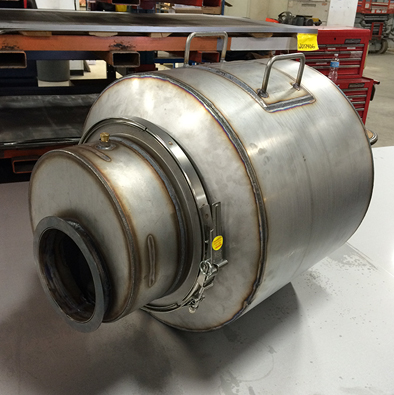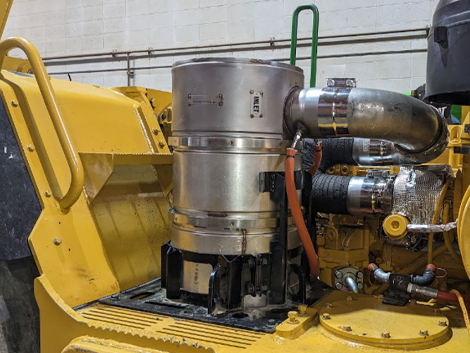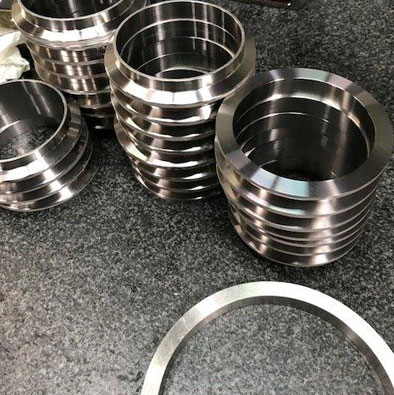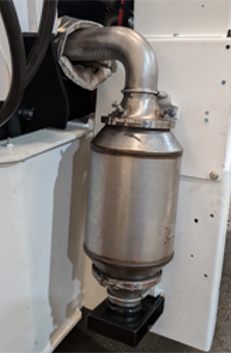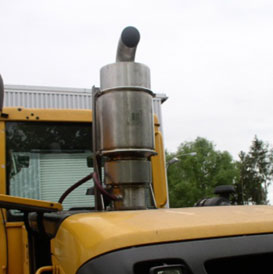MineTerra will closely evaluate your specific application, be it underground mining or diesel locomotive, and tailor a
solution that will utilize the most advanced chemistry available today. At the heart of these solutions, we use
exclusively Corning advanced ceramic cores, on which application specific cutting-edge catalyst coatings are applied. We
leave the metal fabrication portion of the products to skilled close tolerance metal fabrication partners who select the
best stainless-steel materials known to withstand oxidation and impact in the harsh underground mining arena. For those
machines that we have yet to complete a DPF housing design, MineTerra will send a CAD designer for on-site dimensional
take off, with design completion within several weeks.
Where there’s a need to carefully evaluate the duty cycle of a customer’s machine or entire fleet, we connect customers
with independent emission control test specialists. From their careful tailpipe emission sampling and detailed
reporting, we determine which catalyst coating will provide the best combination of low temperature regeneration and low
tailpipe NO2 emissions. In the process of doing so, our products reduce carbon monoxide and un-burned hydrocarbons by
95%+, and particulate matter by 95 – 98%. By installing a simple backpressure monitoring device, the operator stays
informed as to where they are regarding recommended upper limits of backpressure and can therefore schedule DPF cleaning
before exceeding their backpressure limit.






